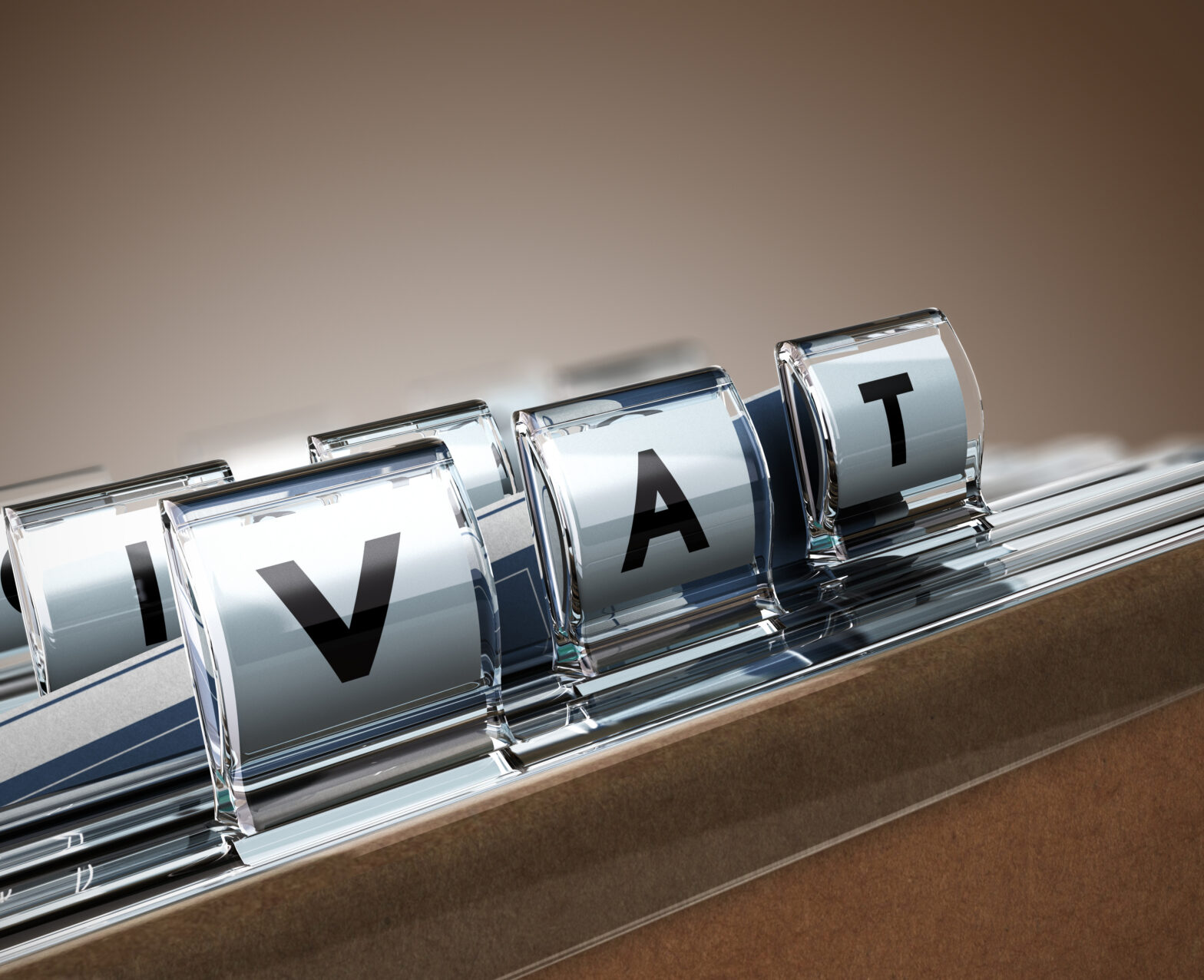For many small business owners, dealing with tax-related issues is quite possibly on a par with going to the dentist. It’s something you’d rather not have to attend to but you know there are potentially grave consequences if you fail to do so. Managing VAT is just another thing to think about, but an important one.
Managing VAT is one of those necessary evils that coincides with running most businesses. While it can create a very instant need to escape to a darkened room for an hour of horizontal calm, a decent understanding of this is essential in both compliance and financial terms for a business.
VAT is a significant tax, accounting for around 22 per cent of the receipts raised by the UK Treasury. Over the course of 2014/15 it contributed approximately £115 billion in revenue to the UK’s coffers.
While our current system has been shaped by the European Union VAT Directive restrictions and could therefore be altered when the UK formally ends its membership, it is unlikely that we will see major changes to it in the short term.
Any business which is generating revenue can register for VAT, although this is only mandatory for those which are turning over more than £83,000 per year in ‘taxable’ income. Once registered, it is then required to submit returns to HMRC on a quarterly basis, and pay the net difference between VAT due on sales and VAT recoverable on expenses to HMRC within one month and seven days.
Retaining all invoices that are both raised and paid is vital for VAT-registered businesses as these are needed to complete an accurate return and validate any VAT reclaim. All VAT invoices are raised must hold detailed information including their own as well as their customer’s name and address, VAT number, the tax point, details of the supply being made, and the net and VAT amounts being charged. These records are maintained as part of a VAT account and must be kept on file for six years.
There are some alternative options which some businesses may consider, depending on their size and the type of work they are involved in, which can make the level of administration much more straightforward and reduce the amount of required record keeping when it comes to managing VAT.
Flat Rate Scheme
One such option is the Flat Rate Scheme (FRS) which simplifies the accounting process by making VAT payable as a single fixed percentage applied to gross turnover. Perhaps the biggest benefit here is that this option usually results in a company having to pay less to HMRC. It does, however, tend to be most suitable for one or two-person service businesses that bill their clients for a much higher proportion of VAT than they pay out on goods or services. In addition, it is only available to business which turn over up to £150,000 per year. Through the FRS, HMRC charges a reduced rate to businesses (discounted by a further one per cent in the first year) which is applied retrospectively to its previous quarterly gross billings to clients.
The Cash Accounting Scheme (CAS) and the Annual Accounting Scheme (AAS) are two further simplification options which are geared towards larger SMEs turning over up to £1.35 million annually. The CAS enables businesses to defer payments of tax liabilities, only charging them for VAT owed after they have had their invoices paid. There is also no need for businesses to notify HMRC if they want to use this option.
AAS meanwhile requires businesses to complete just a single VAT return each year which not only reduces what can be a significant administrative burden but can also help in managing cash flow. A fixed interim payment is then required with qualifying companies given an extra month to submit the return and pay tax due followed by an annual balancing payment.
Start-up businesses that require an extended development phase in which they tend to generate little or no revenue will usually benefit from voluntary registration as this allows them to claim back their VAT against expenditure. Monthly VAT returns as opposed to quarterly submissions can also increase cash flow, another handy idea to consider for up-and-coming businesses.
Another important point about managing VAT is that any business which believes it has under-recovered or over-accounted for VAT in the last four years can address this by making a claim to HMRC. Bear in mind that this works both ways, with HMRC also having the right to assess for any underpayments in the same timescales.
We have no idea at this stage what Brexit could mean for managing VAT, although we do know that many of the trade facilitation measures that come with EU membership will disappear making compliance more onerous. The UK government would certainly be free to make changes to VAT, unfettered by the restrictions previously imposed by the EU Commission, but the extent of these changes is very much one for the longer term.
The final point to make on this subject is to urge any registered business to carry out regular reviews of their treatment of income and VAT recovery position. By doing this they will likely reduce the risk of penalties which tend to be significantly higher if HMRC uncovers a discrepancy. That outcome could result in a potential financial penalty, which any small business owner would surely want to avoid. Even more so than a trip to their dentist.
Iain Masterton is senior manager and VAT specialist at accountants Chiene + Tait.





